Pekka Buttler, 19th April 2023
The lens’ data sheet is accessible here.
The setup
• Helsinki (Kamppi, Hietaniemi and Ruoholahti districts), Finland. 18th–19th April 2023
• Sony ⍺7R2, no-name dumb adapter, Meyer-Optik Görlitz Telefogar 90 mm f/3.5 (Red V)
After a long and dark winter, Helsinki is starting to come alive again. But after the winter-season (characterised with snow, and a general whiteout), we’re now in the dust-season. The snow has melted, but all the sand and stone clippings used to combat slipperiness have not been cleared away. Many of the images show those clippings and some even show the remnants of mountains of snow. Air quality is dismal, and you do not need to be asthmatic to want to avoid the streets (hence also a general haziness in many of the images).
• My sample of the Telefogar is in optically and aesthetically decent shape. The optics show some cleaning marks, and the barrel is not mint, but there are no clear signs that would indicate this sample would not be representative. My copy of the Telefogar is rare in that it uses the Exakta-mount.
• You can read more about the Telefogar on JAPB here and here, while the definitive source is over at zeissikonveb.de (in German).

The Lived experience
[Please remember that all comments apply to me personally, and this specific sample]
The hassle:
Au contraire! This lens is a manual aperture (with click stops!) lens for the Exakta mount, which means that the lens is – in all likelihood – a lot more usable adapted to a modern mirrorless digital camera than it ever was on an Altix camera (not to mention an Exakta where its lack of any aperture automation must have been a pain).
Simply mount the lens on the adapter (any dumb adapter will do), mount the adapter on your mirrorless body, make sure your cameras settings don’t expect a modern high-tech lens, and go shooting.
The ergonomics:
If you’re no big fan of plastics or rubber, then this lens is for you, as it is made only out of metal and optical glass.
Then again, rubber does have its uses, and I would in general say that I prefer broad, rubberised focus rings over narrow metal focus rings any day (and especially during winter). Even so, the focus ring is grippy, and is easily distinguishable from the aperture ring (even without turning to try it). Focus is smooth and the focus throw is long enough to allow fine-tuning of focus.
The aperture ring has clear and very satisfying click-stops and the whole affair of using the lens does produce a rather high-quality feel.
My sample comes with a shortish aluminum (thread-mounted) lens hood, that I have never felt the need to remove, specially as the lens hood offers “standard” 49 mm threads, whereas the lens’ native filter thread is a less common 46 mm.
The Image quality
I have not been pixel peeping, nor is this a side-by-side comparison, but I’d wager that you’re likely to be positively surprised by the Telefogar’s image quality.
Regarding lateral chromatic aberration, the telefogar has an interesting profile, as most of the image frame shows very little to no chromatic aberration, but high-contrast transitions in the vicinity of the extreme corners can show quite massive CAs. Also, based on these shots, this lens does not suffer any significant field curvature.
Interestingly, the lens is not discernibly soft wide open and going from wide open (f/3.5) to medium apertures (f/8) does not lead to an increase in contrast and definition (though it does increase depth-of-field). See example below.
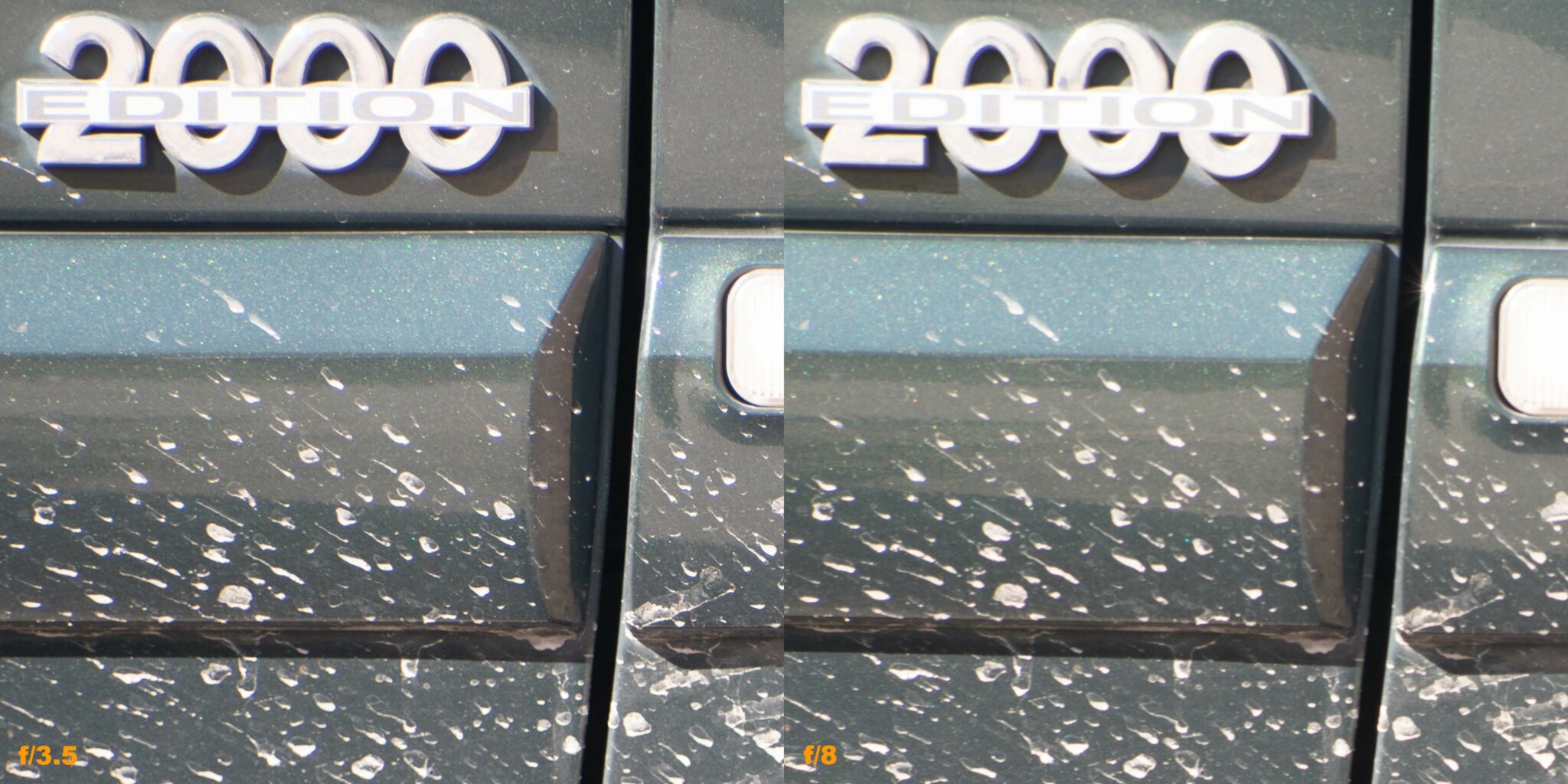
In general, I’d say that definition is definitely one of this lens’ key strengths. SOOC macrocontrast is not stellar – largely due to the level of 1950s coatings – but can easily be addressed in post.
On the somewhat more contentious topic of micro-contrast: if it exists, I’d say the Telefogar has it. As an example, here’s a snapshot of a moss-coated stone wall. I did not dare upload the entire (unedited) 10 MB Jpeg (you can get it here), but I think even the 2K version below shows a good amount of plasticity.

In general, I like the colour rendition. The lens produces some barrel distortion, but it is clean (not complex) and easily corrected in post. There is some vignetting wide open (comparably little and not field-relevant) and by f/5.6 it is entirely under control.
In extreme situations, the lens evidences some veiling and ghosting, and it is quite evident that this lens is not on par with modern lenses and coatings. As typical, veiling has the worst effect when the sun is just outside of the frame.
Being a relatively slow tele lens, one might not expect much from the out-of-focus backgrounds, but I find the Telefogar to produce a very pleasing bokeh.
The gallery
All images shot in RAW with Auto WB, IBIS on.
Post-processing: ACR Default, some crop and straighten (some images), NO changes to tone/exposure, Resize to 2048 px, save as JPG.

f/5.6, 1/320 s, ISO 100

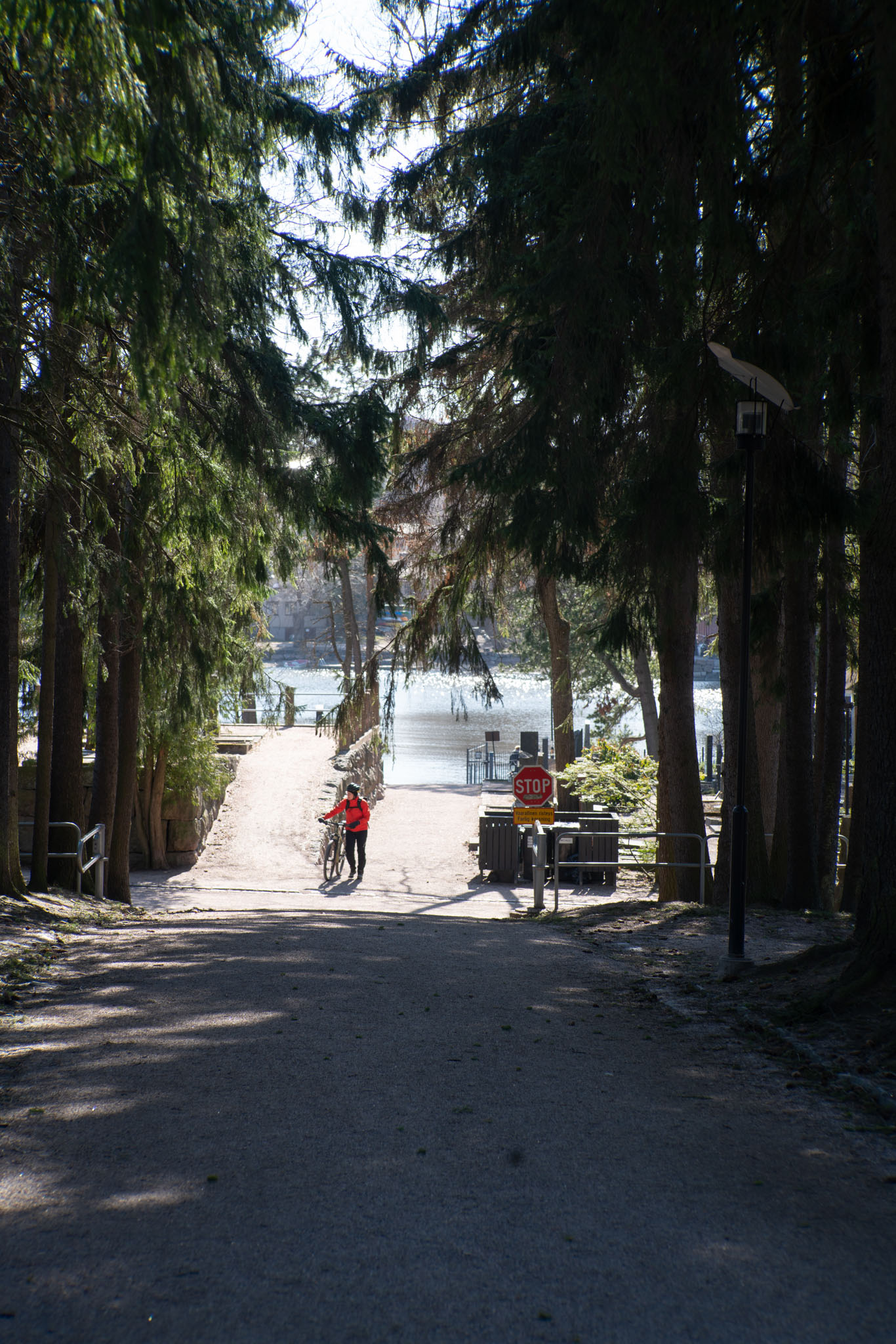




100








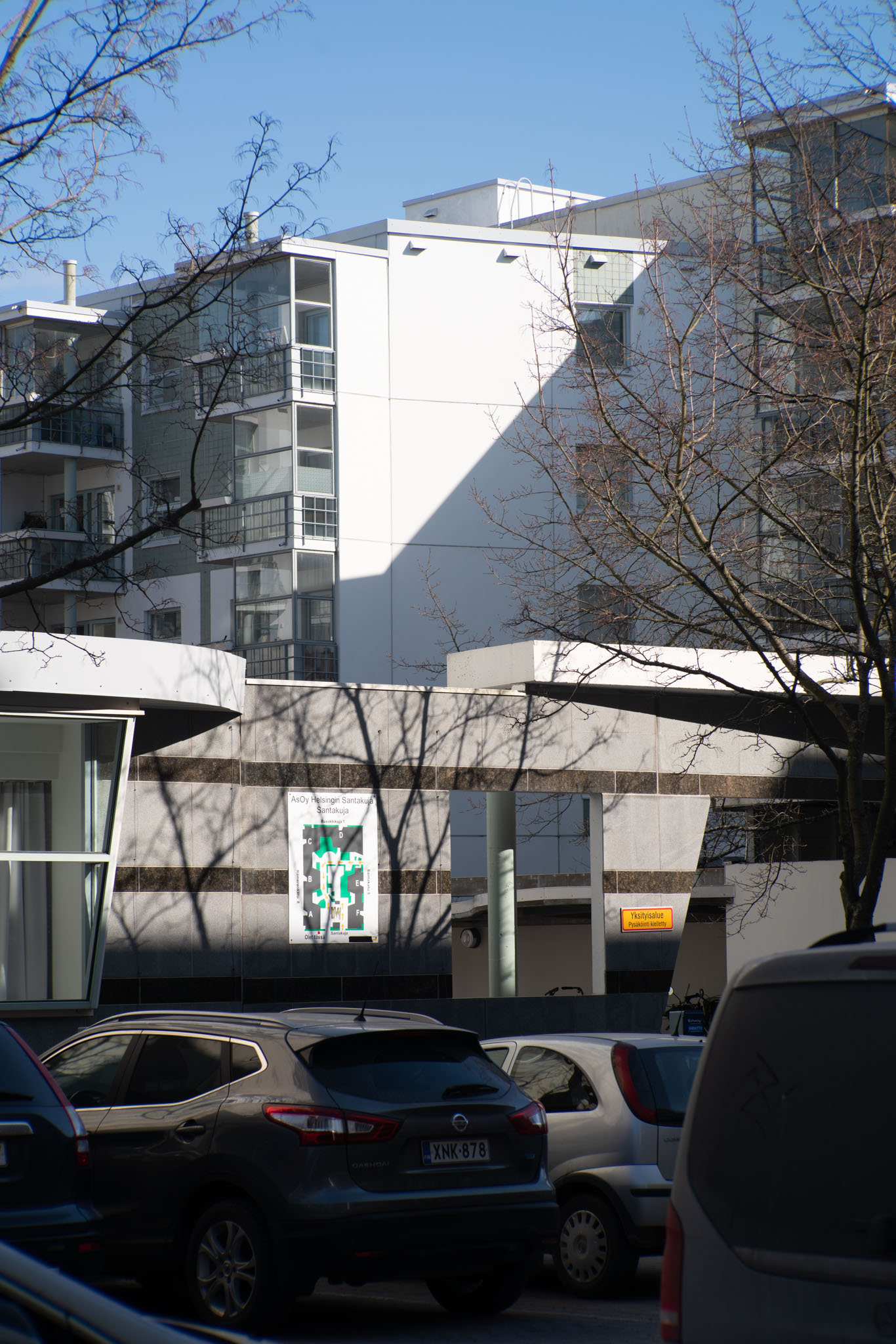



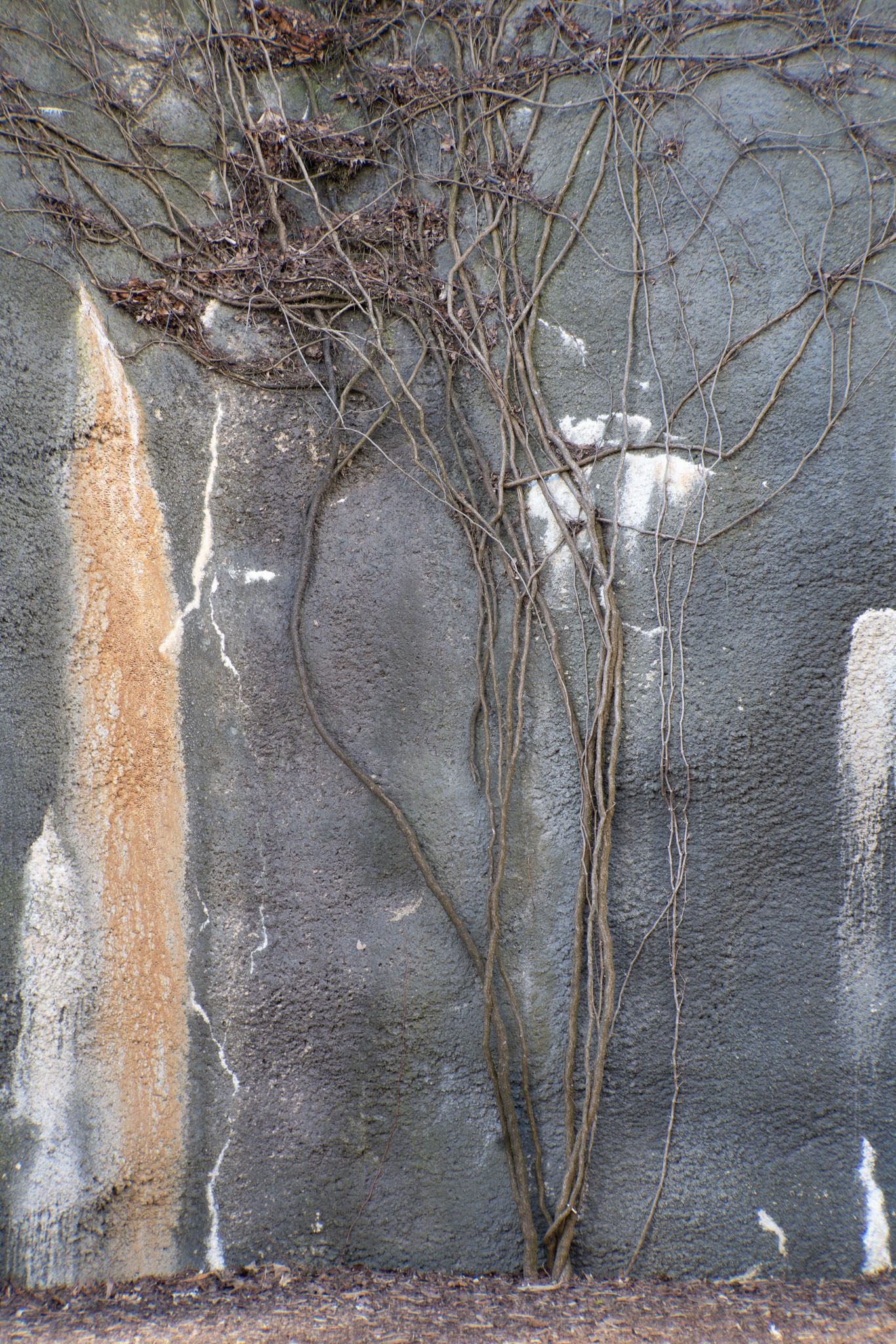


f/8, 1/60 s, ISO 100

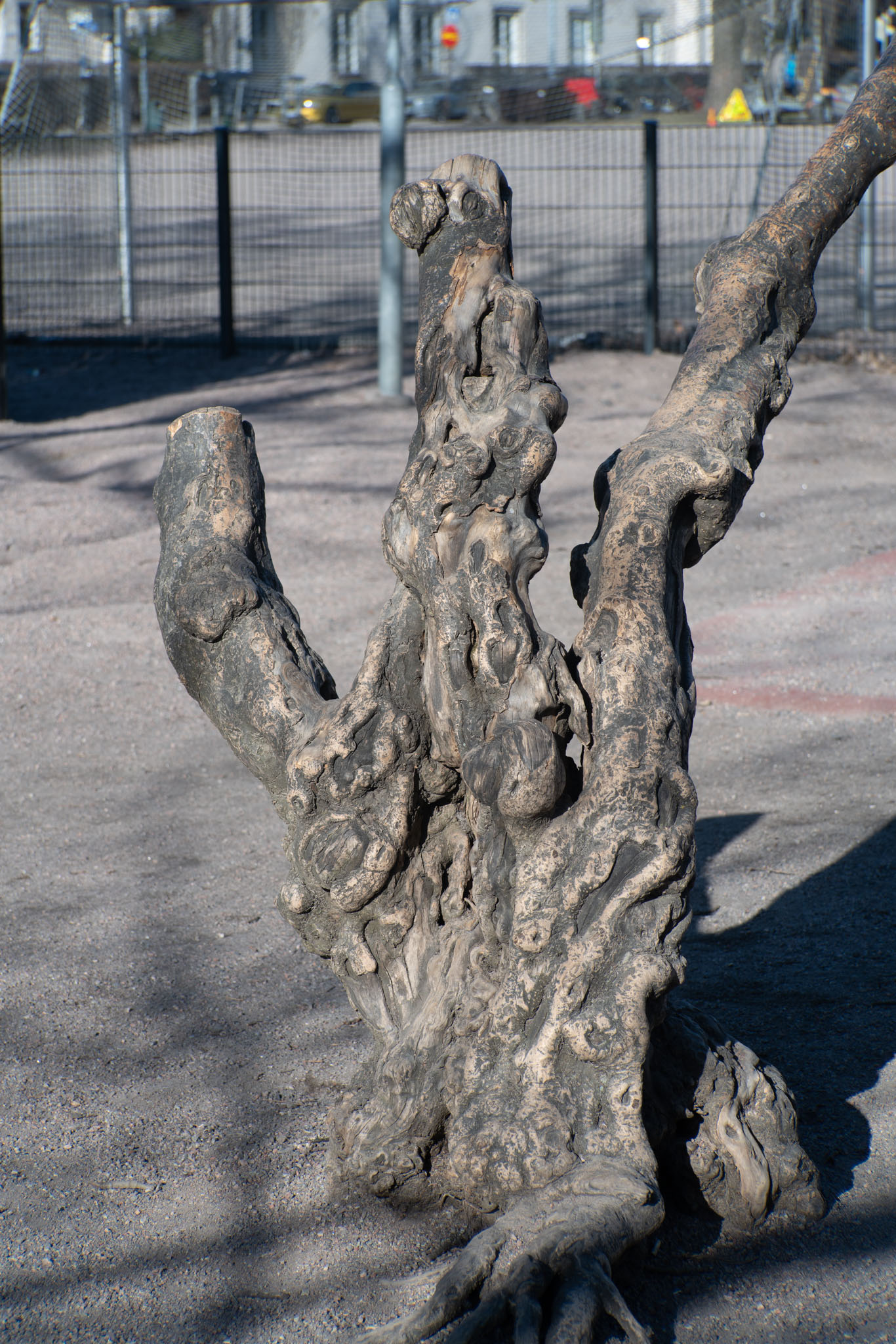


f/8, 1/250 s, ISO 100


f/8, 1/100 s, ISO 100




f/4, 1/250 s, ISO 100

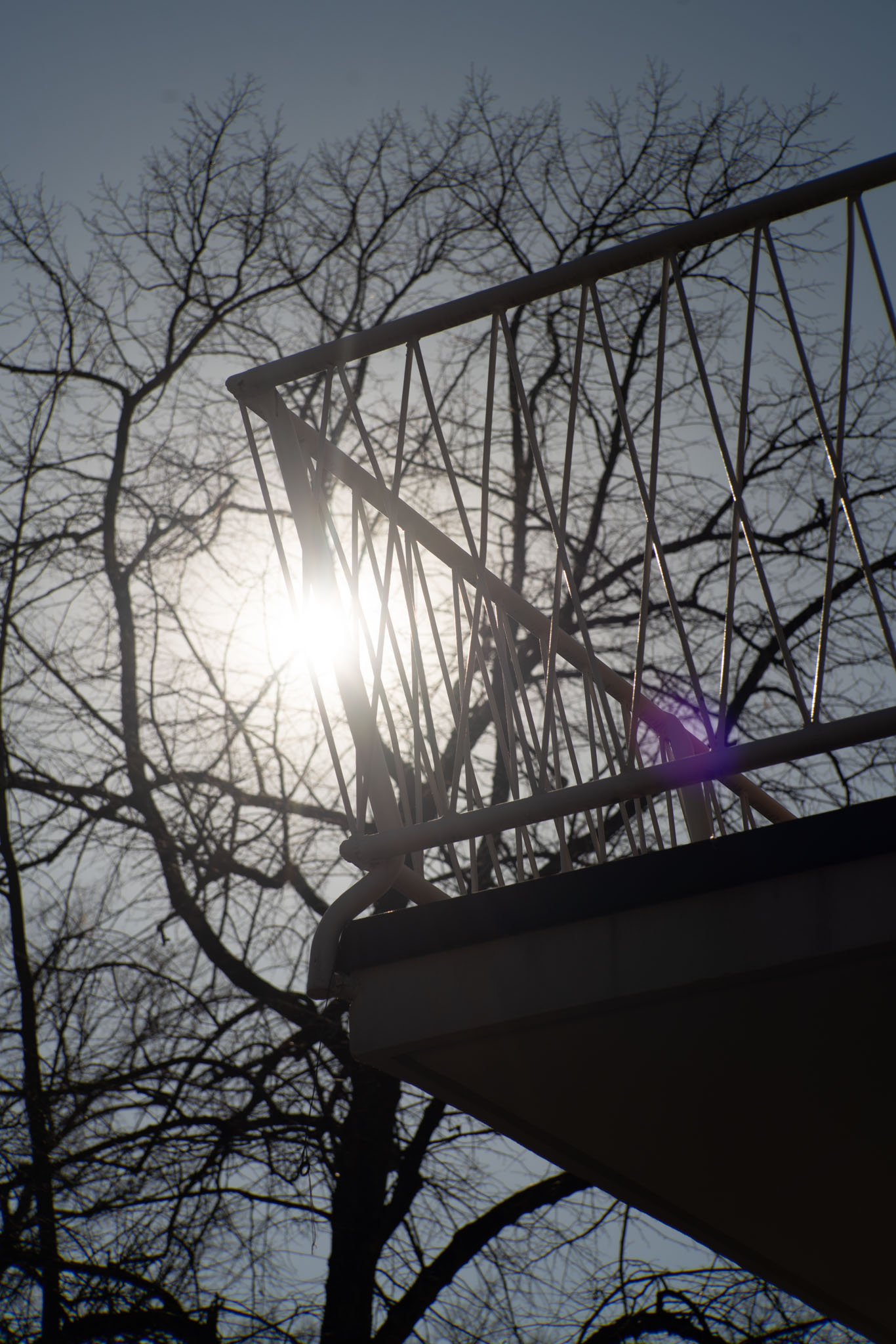
f/8, 1/1250 s, ISO 100

f/4, 1/8000 s, ISO 100
Nice to see some shots with this lens. It looks very typical of the period in question. The lens works well but unspectacularly, let down by single coating that makes it imperative to have the sun behind you. There are hundreds of lenses just like this one. If found for a bargain they can be fun to use. Otherwise a multi-coated lens from the 1970s is preferable, IMO.